The 1000s was a decade of the Julian Calendar which began on January 1, 1000, and ended on December 31, 1009.
The 930s decade ran from January 1, 930, to December 31, 939.
The 950s decade ran from January 1, 950, to December 31, 959.
The 960s decade ran from January 1, 960, to December 31, 969.
The 970s decade ran from January 1, 970, to December 31, 979.
The 980s decade ran from January 1, 980, to December 31, 989.
The 990s decade ran from January 1, 990, to December 31, 999.

Year 969 (CMLXIX) was a common year starting on Friday of the Julian calendar, the 969th year of the Common Era (CE) and Anno Domini (AD) designations, the 969th year of the 1st millennium, the 69th year of the 10th century, and the 10th and last year of the 960s decade.
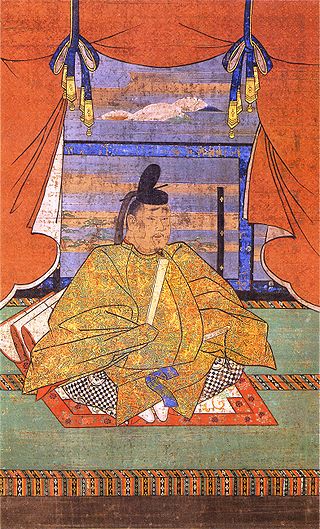
Year 967 (CMLXVII) was a common year starting on Tuesday of the Julian calendar.

Year 961 (CMLXI) was a common year starting on Tuesday of the Julian calendar.
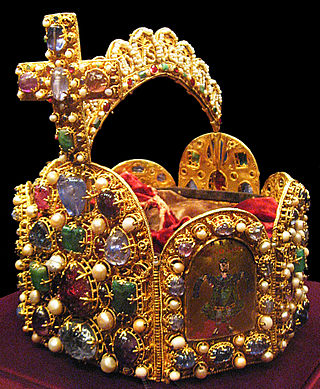
Year 962 (CMLXII) was a common year starting on Wednesday of the Julian calendar.
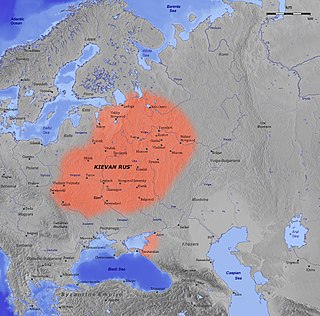
Year 968 (CMLXVIII) was a leap year starting on Wednesday of the Julian calendar.

Year 976 (CMLXXVI) was a leap year starting on Saturday of the Julian calendar.

Constantine VIII Porphyrogenitus was de jure Byzantine emperor from 962 until his death. He was the younger son of Emperor Romanos II and Empress Theophano. He was nominal co-emperor since 962, successively with his father; stepfather, Nikephoros II Phokas; uncle, John I Tzimiskes; and brother, Basil II. Basil's death in 1025 left Constantine as the sole emperor. He occupied the throne for 66 years in total, making him de jure the longest-reigning amongst all Roman emperors since Augustus.
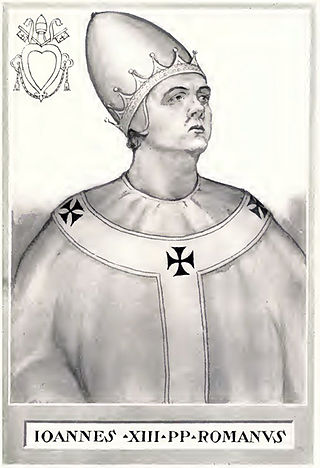
Year 965 (CMLXV) was a common year starting on Sunday of the Julian calendar.

Year 982 (CMLXXXII) was a common year starting on Sunday of the Julian calendar.
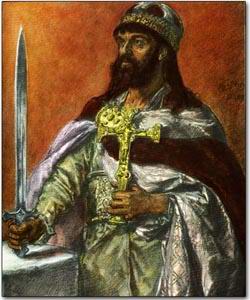
Year 960 (CMLX) was a leap year starting on Sunday of the Julian calendar.
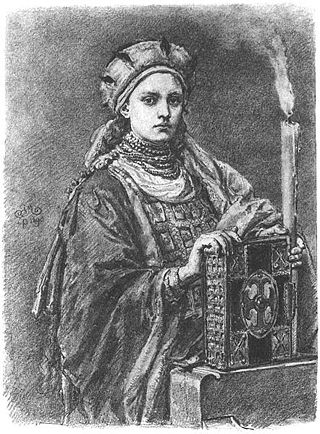
Year 977 (CMLXXVII) was a common year starting on Monday of the Julian calendar.

Nikephoros II Phokas, Latinized Nicephorus II Phocas, was Byzantine emperor from 963 to 969. His career, not uniformly successful in matters of statecraft or of war, nonetheless greatly contributed to the resurgence of the Byzantine Empire during the 10th century. In the east, Nikephoros completed the conquest of Cilicia and retook the islands of Crete and Cyprus, opening the path for subsequent Byzantine incursions reaching as far as Upper Mesopotamia and the Levant; these campaigns earned him the sobriquet "pale death of the Saracens".
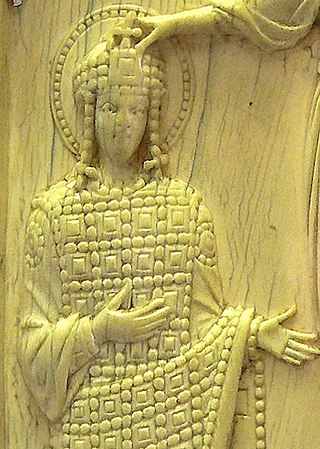
Romanos IIPorphyrogenitus was Byzantine Emperor from 959 to 963. He succeeded his father Constantine VII at the age of twenty-one and died suddenly and mysteriously four years later. His wife Theophano helped their sons Basil II and Constantine VIII to ultimately succeed him in 976.













